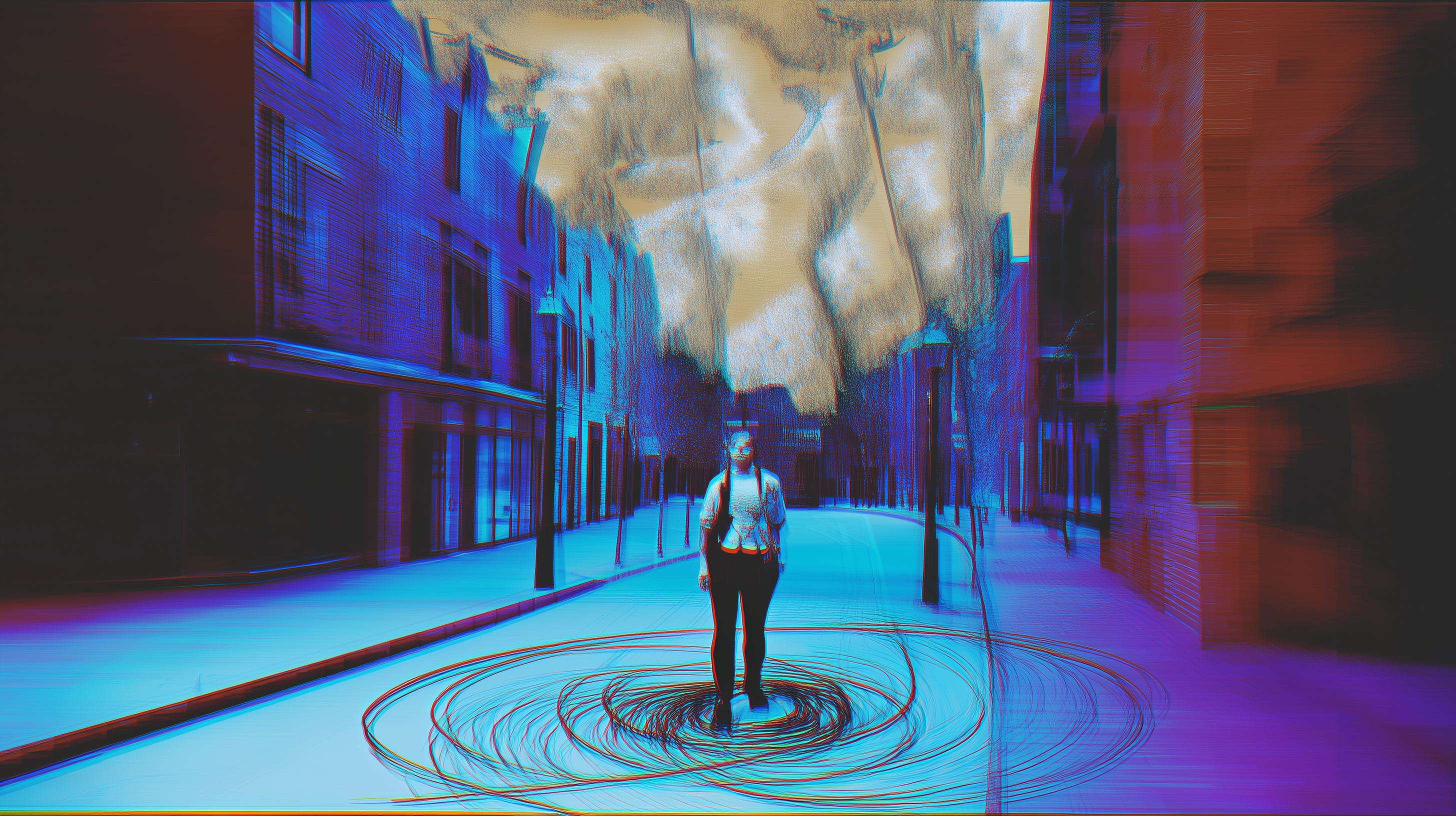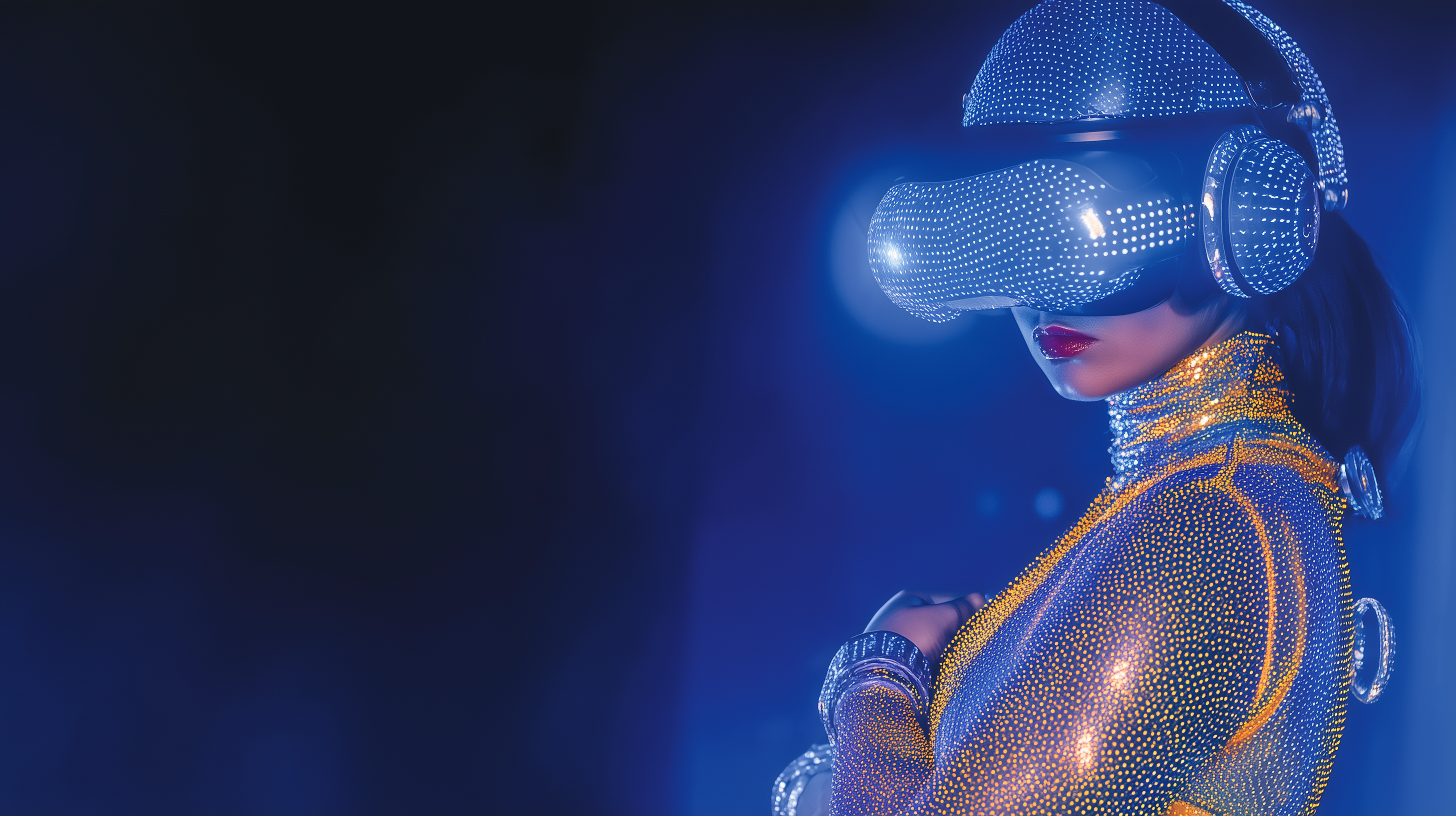
The Moment You Forgot Might Have Been Deleted on Purpose
Author: Isla Rey Some moments vanish quietly. You glance at the clock, it’s 3:12. You blink, stretch, check again and

Author: Isla Rey Sometimes I look at a painting and wonder if it’s more honest than the world outside my window. There’s this quiet idea that’s been lingering in the background, one that slips into conversations late at night or while staring too long at a blinking cursor. It’s the theory that reality, as […]
Author: Isla Rey
Sometimes I look at a painting and wonder if it’s more honest than the world outside my window.
There’s this quiet idea that’s been lingering in the background, one that slips into conversations late at night or while staring too long at a blinking cursor. It’s the theory that reality, as we know it, might not be real at all. That everything we see, feel, and believe is part of some elaborate simulation. And the strange part is… the more time I spend around art, the more it makes sense.
From the beginning, artists have tried to capture reality but never without bending it.
Cave paintings weren’t just records, they were portals. The Renaissance gave us mathematical perspective to recreate space on a flat surface. Surrealism gave us dreams stitched into oil paint. And now we have digital artists making entire worlds that never existed, AI painting portraits of people who’ve never lived, and NFTs that hang in no gallery, but are still considered real.
When René Magritte painted a pipe and wrote “This is not a pipe” beneath it, he was reminding us: we’re not looking at the thing itself. We’re looking at an image, a concept, a simulation of the thing. And maybe that’s always been the trick, we’ve never really captured reality. We’ve only ever mirrored it.
There’s this theory floating around, proposed by philosopher Nick Bostrom, that suggests we might be living in a simulation created by a highly advanced civilization. If technology keeps evolving, why wouldn’t someone, someday, run a full-scale reality as code?
It sounds wild until you consider what artists do every day. We simulate all the time.
We build imagined spaces in our heads and transfer them to canvas. We use tools like brushes, tablets and software to recreate light, movement, emotion. Digital artists are literally sculpting pixels into imagined worlds. Motion designers craft loops that echo time itself.
When I’m working on a piece, I often forget where I end and the image begins. It’s like stepping into another layer, one that feels just as real as the world outside.
There’s a particular feeling I get when looking at certain digital visuals, especially hyper-polished ones. They’re stunning, but slightly off. A little too perfect. They remind me of dreams I can’t quite remember.
We’re seeing more of this now with AI-generated art. Images that pull from vast pools of human creativity but land somewhere in the uncanny valley. Faces that don’t exist. Places you’ve never been that still feel familiar.
It’s not scary. It’s… mesmerizing. Like catching a glitch in the sky but choosing to stare instead of look away.
Sometimes I think artists are the ones who tug at the threads of this whole thing.
We notice when something doesn’t quite add up, like when light bends wrong, when repetition breaks rhythm, when a face seems too smooth. We’re hypersensitive to detail, to color and to the shape of silence. Art is a way of pointing at the invisible and asking, “Do you see that too?”
And maybe, just maybe, every time we create something new, something that didn’t exist in the code before, we’re rewriting a part of it.
If reality is a simulation, that doesn’t make it less meaningful. If anything, it makes creativity even more important.
Because what if art is our way of remembering something deeper? Or reaching for something just beyond the edge of what’s rendered? Maybe the canvas, the song, the movement is all code we write ourselves, proof that even inside a simulation, we’re still capable of original thought.
And that’s kind of beautiful.

Author: Isla Rey Some moments vanish quietly. You glance at the clock, it’s 3:12. You blink, stretch, check again and

Author: Isla Rey Abstract Coincidences, those improbable alignments of events that seem too precise to be mere chance, have long